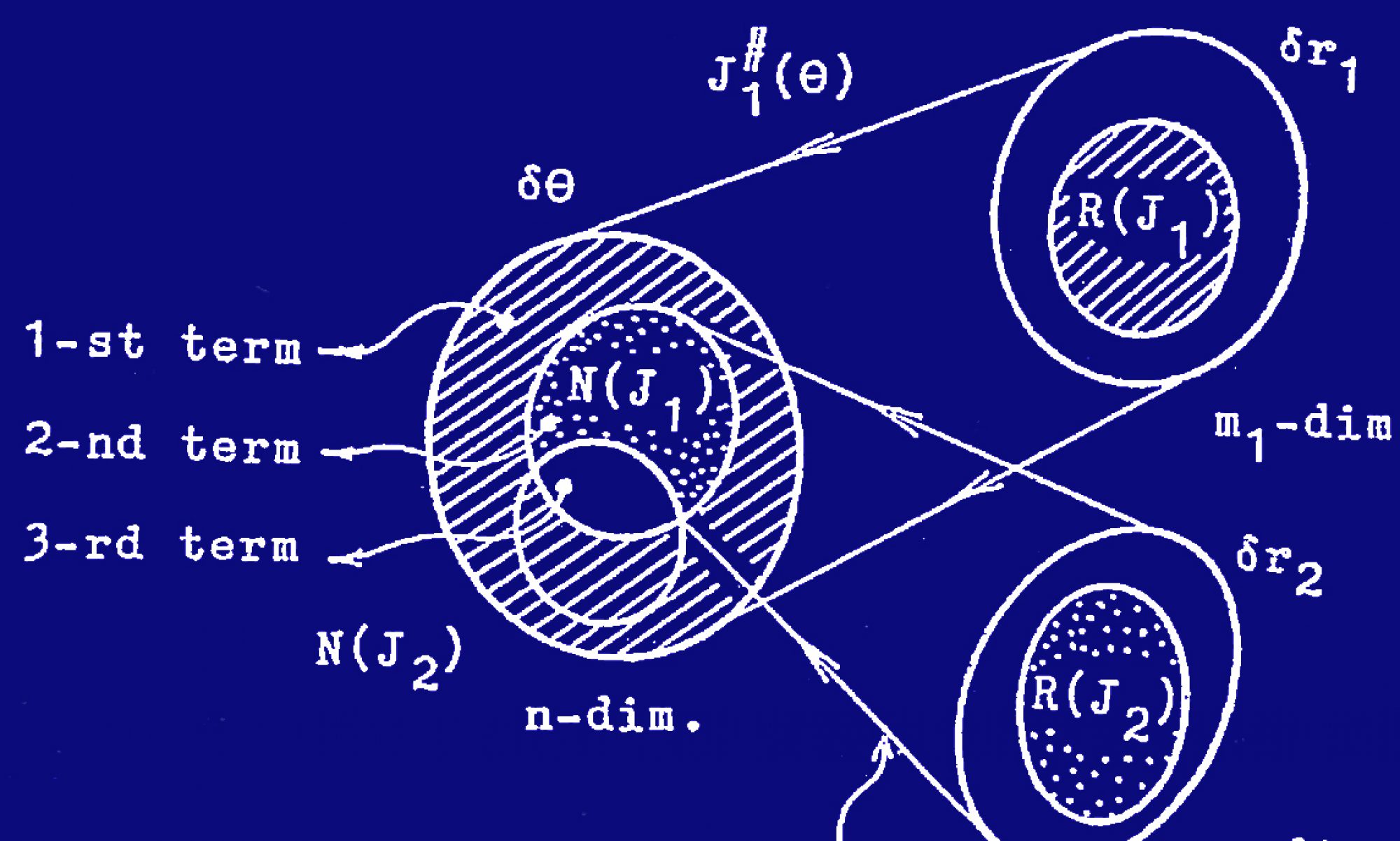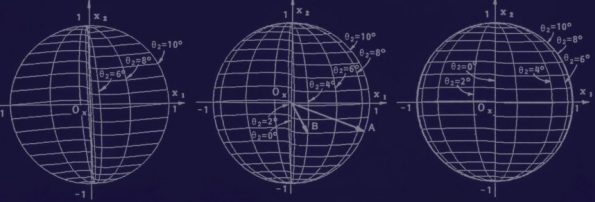The original idea of the Singularity-Robust inverse (SR-inverse) of the Jacobi matrix was presented by Yoshihiko Nakamura in 1983 at a research meeting in the late Professor Hideo Hanafusa’s laboratory in Kyoto University. Nakamura designed a 7DOF redundant manipulator, UJIBOT, which was a non-anthropomorphic manipulator and had non-intuitive solutions in its nonlinear inverse kinematic. The work space of UJIBOT for 6DOF endeffector motion was divided into small spaces by singular points (or surfaces). The idea of singularity-robust inverse was developed to overcome the drawback and show large motions in demonstrations of UJIBOT. Although the solution of linear inverse kinematics obtained by the pseudo inverse of the Jacobi matrix provides the least square solution with the minimal norm, it still suffers in the neighborhood of singularity. The SR-inverse provides the solution of a quadratic cost function involving the least square error and the squared norm of the solution with an appropriate weight. The solution by the SR-inverse approximates the exact solution and relaxes the rapid grow of its norm in the neighborhood of singularity.

International Robotics Workshop (New schedule TBA)
40th anniversary of task-priority based control and 36th anniversary of SR-inverse
